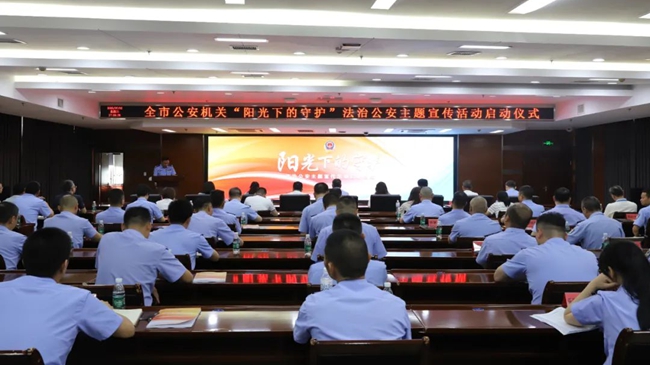Mangroves Grow, So Do Dreams: A New Generation Rebuilds Rural Longgang
时间:2025-07-15 15:02:25 来源 : DiscoverWenzhou 作者 : Fu Chenchen
From farmer-built cities to planting forests on tidal flats, turning the impossible into reality— all of it has been made possible through the power of people. In Xinmeizhou Community of Longgang City, Zhejiang Province, a once-barren coastal flat has transformed into a thriving red mangrove wetland.
What began in 2002 as a modest ecological initiative has grown steadily over the years through the efforts of successive community leadership teams. By 2023, the red mangrove forest had expanded to hundreds of acres and was officially included in China's Important Wetlands List.
Today, one tree has become a forest. One person has become a movement.

Wen Qi, a Longgang community worker. Photograph provided by Organization Department of the CPC Longgang Municipal Committee.
Two years ago, Wen Qi, a recent university graduate, returned home to take up a role as a community worker. The community secretary told her that while the area boasted strong ecological foundations— with the red mangrove wetland serving as a natural treasure— it lacked visibility and rarely attracted tourists.“Relying solely on scenic beauty isn't sustainable," she thought.“How can ecological protection and rural revitalization move forward together?"
Bringing fresh ideas to the table, Wen proposed establishing a"Nature Lecture Series" where rangers would guide visitors through the ecosystem, bringing environmental education out of the classroom and into the wild. As awareness grew, so did public interest in the red mangroves.
“We're not just here to protect the forest," Wen said.“We want to bring it to life— and tell its story."
Thanks to these efforts, the community has developed an ecological study route that attracts school groups eager to observe mangrove growth patterns, identify crabs and mudskippers, and learn about biodiversity. Birdwatchers and photography enthusiasts also flock to the site to capture images of migratory birds. Meanwhile, online exposure has drawn ecologists and environmental educators who conduct long-term monitoring of the region's ecological changes.
The results have been remarkable— the red mangroves now sequester up to 570 tons of carbon annually, generating an estimated ecological and economic value of nearly 890 million yuan each year.
“The mangroves are alive," Wen said.“They have their own breath and rhythm. We must protect them, but we must also let them connect people with nature."
Wen's passion is inspiring more young people to return to their hometowns and contribute to local development. This kind of transformation is not limited to Xinmeizhou— across Longgang, young people like Wen are emerging as leaders in diverse fields. Some use live-streaming to promote local products; others serve communities by supporting the elderly and children or innovate in industrial parks by developing new materials.
To support youth-driven innovation, Longgang has launched initiatives such as the“City Partner Program" and“Youth Dream Building Strong City Plan." These include low-interest“Youth Dream Loans," startup resource lists, and incubation programs. Under a collaborative model involving government guidance, social coordination, enterprise execution, and youth co-creation, the city has recruited over 300 agricultural innovators, more than 50 young project leaders, and nurtured over 10 cultural and tourism projects, including several new lifestyle and cultural consumption spaces.
Yet what is most touching is the quiet determination behind these young returnees' choices— many simply wish to give back to the land that raised them.
Just like the mangroves themselves, rooted deep and growing slowly, more and more post-90s and post-00s generations are returning to build futures in their hometowns. As the red mangroves quietly stretch into vast green landscapes, so too do these young changemakers carve paths of hope and renewal— proving that even the smallest sapling can grow into a mighty forest when planted with purpose.(Fu Chenchen)


